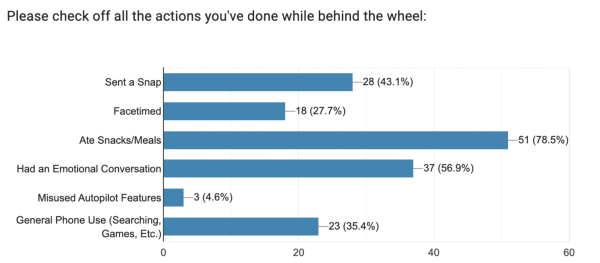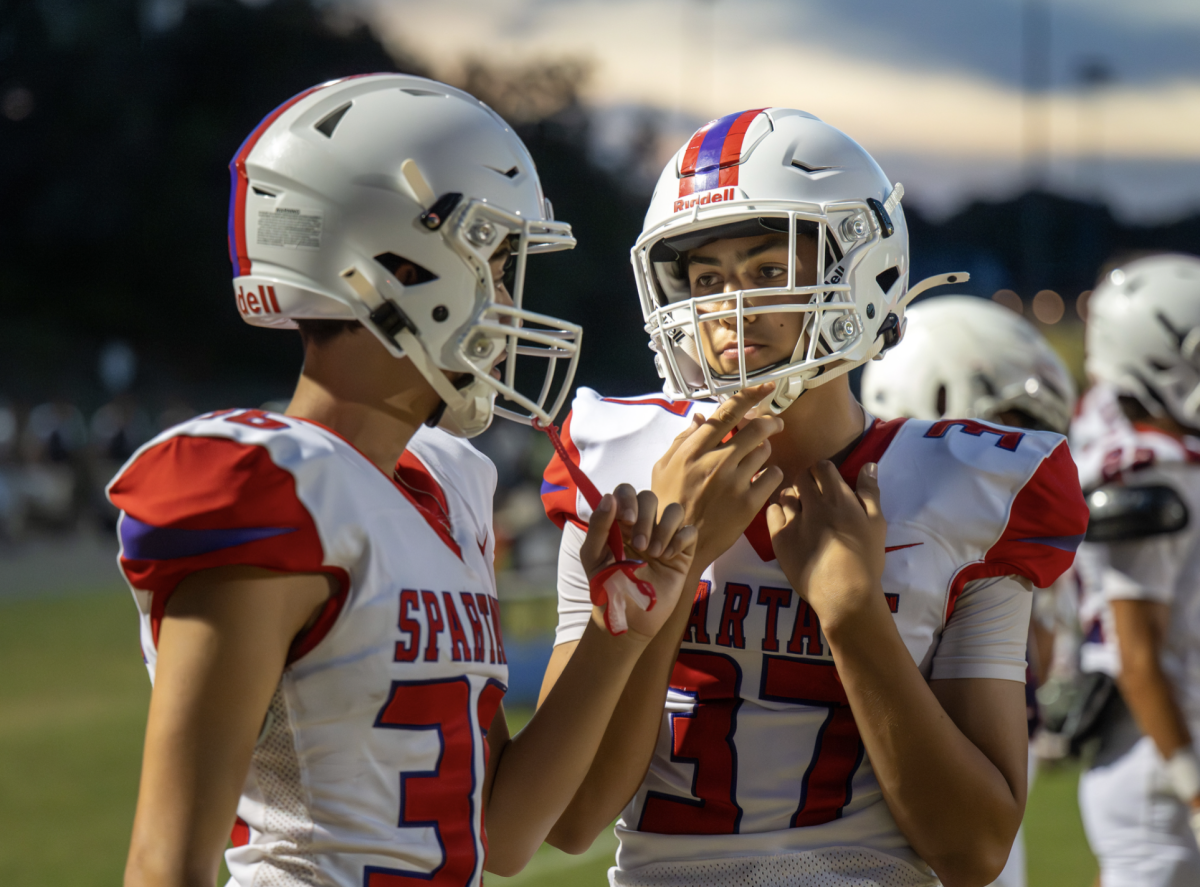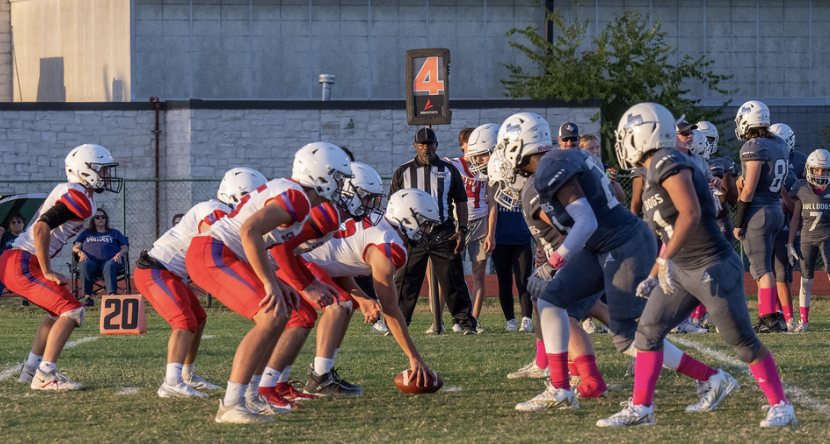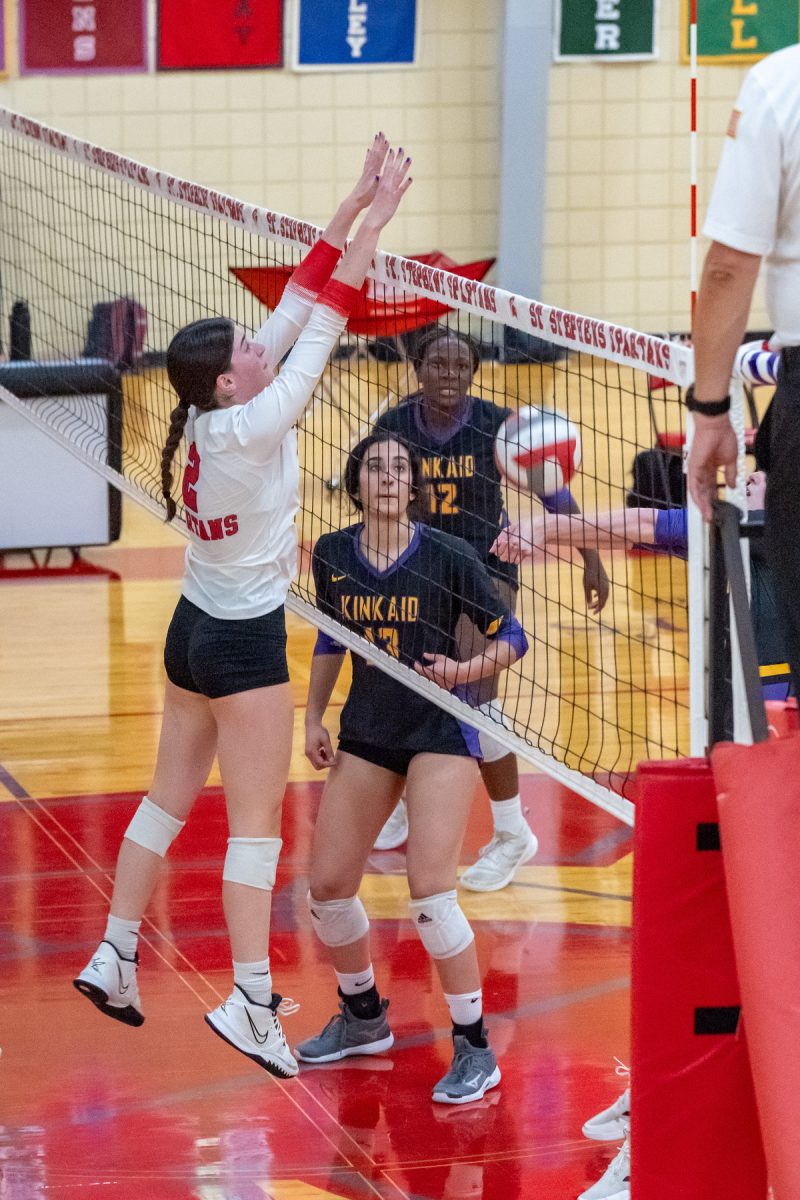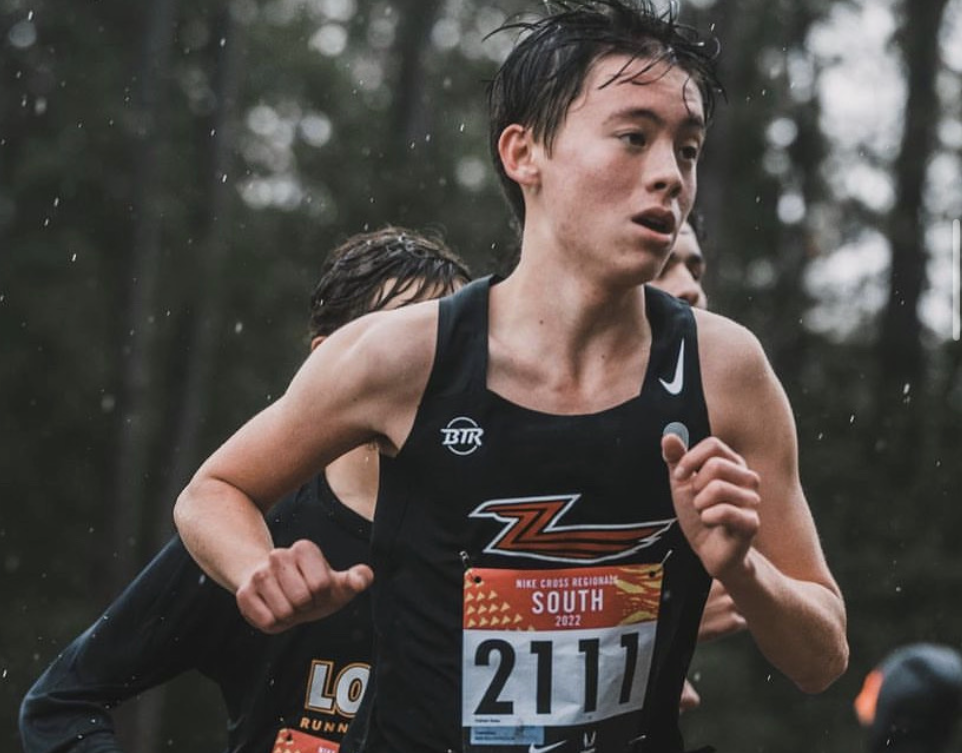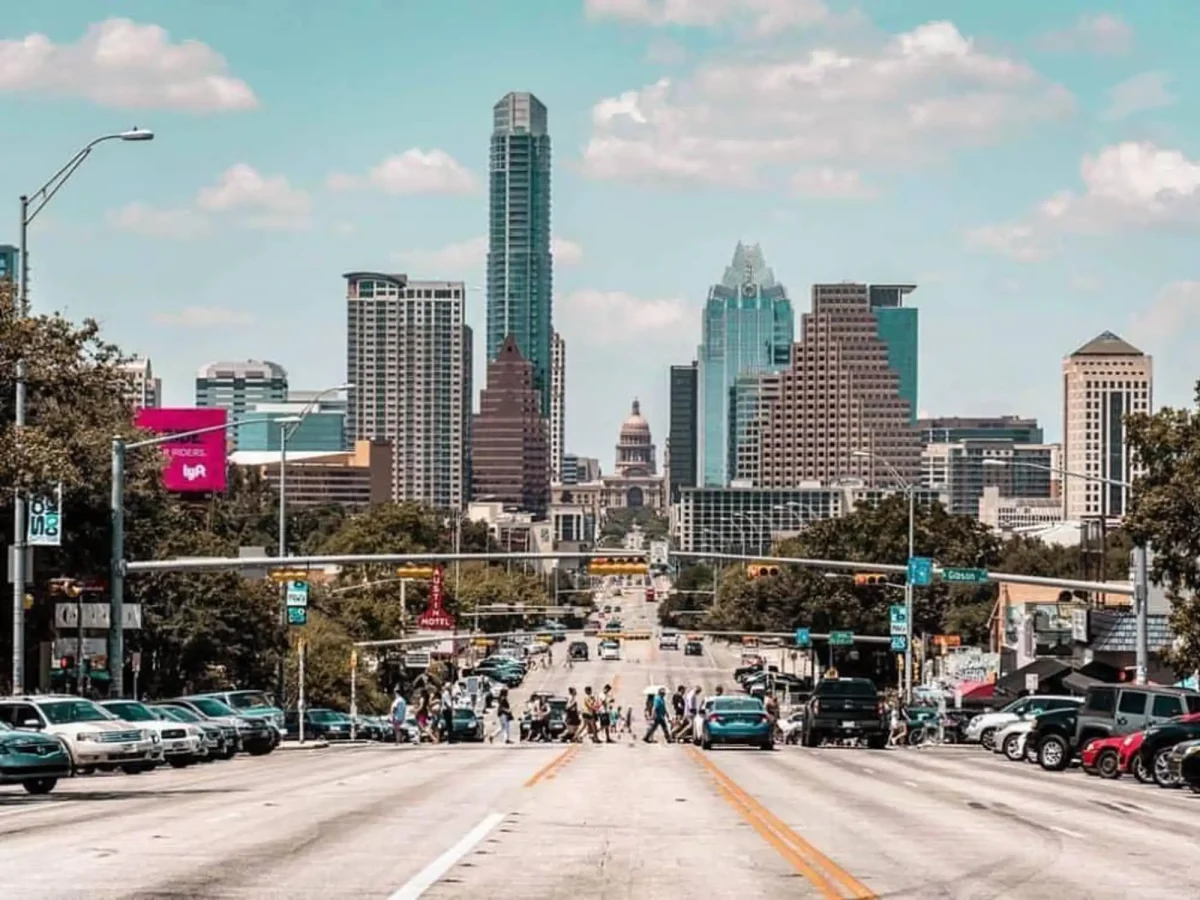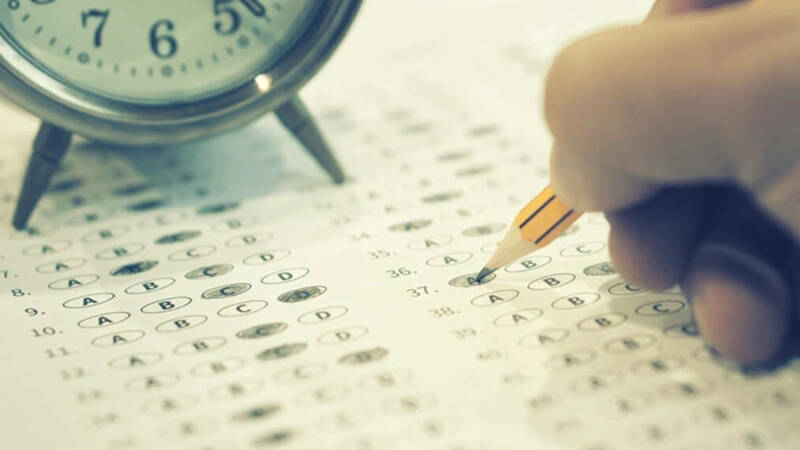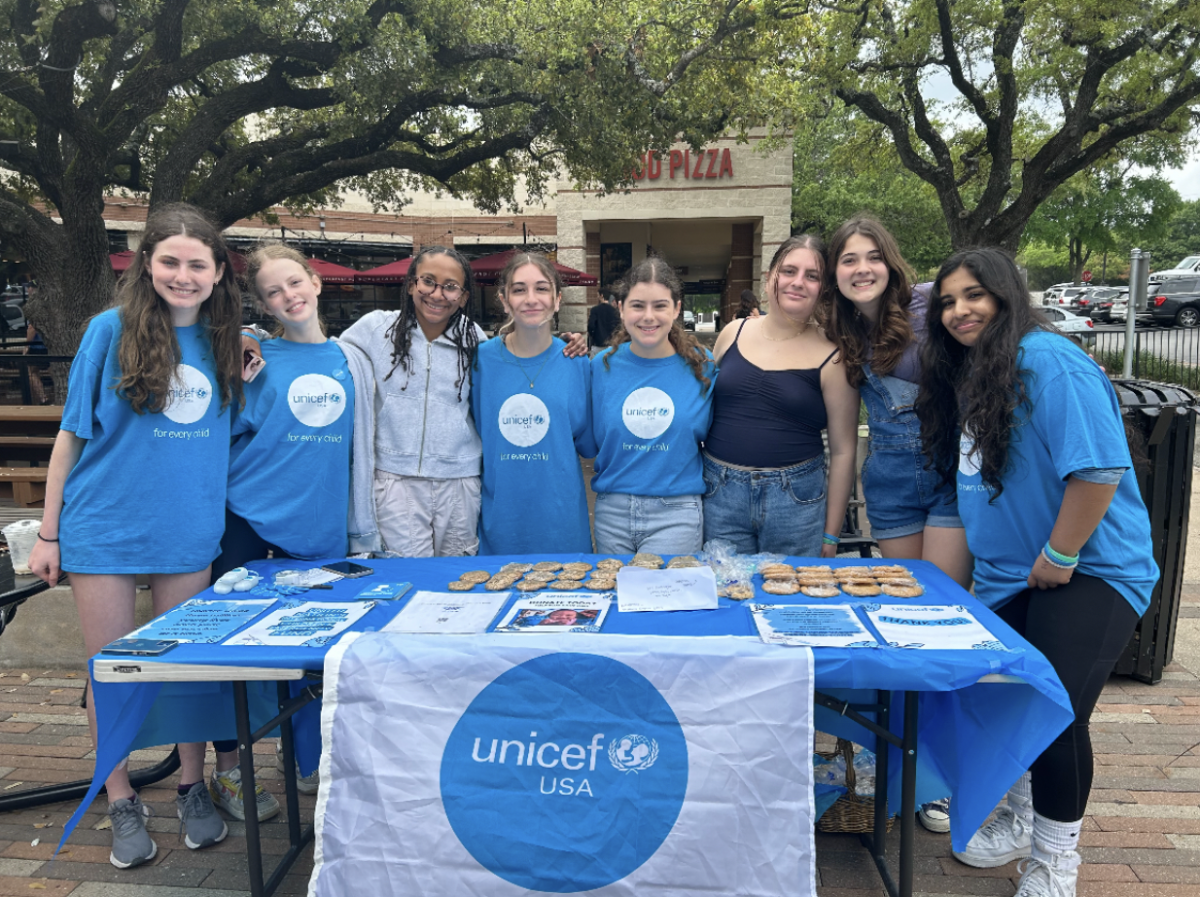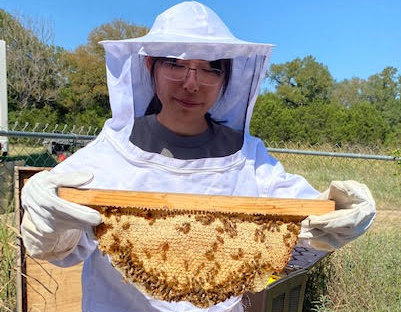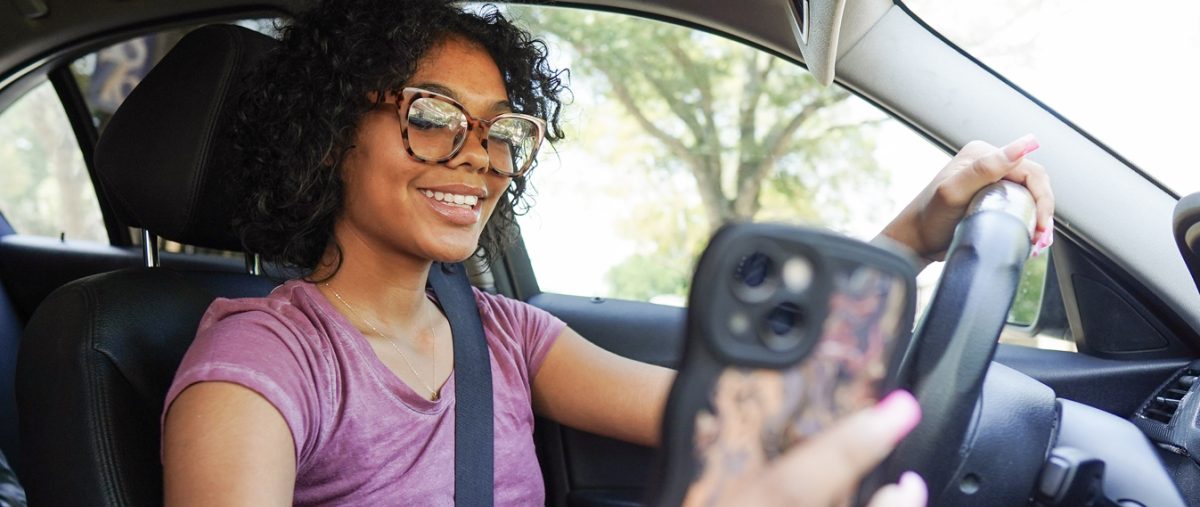In the last year alone, there were over one and a half million crashes caused by distracted drivers in America. For teenagers, the statistics are even scarier. In a survey sent to our school, eighty seven percent of students agreed that as drivers, St. Stephen’s teens are average or better; many said that to them, dangerous crashes or injuries are far away fantasies. As one student put it, “we never believe it will happen to us until it actually does.” The facts, however, show that St. Stephen’s students are just as susceptible to being dangers behind the wheel. Through the anonymous reports of over ninety student drivers, we can find the real dangers of driving on and off campus and many different ways to be smarter drivers.
Our survey was plagued with complaints of dangerous driving on campus: “cars whip around the hill way too fast, right where younger students often use the crosswalk,”and “someone almost backed up into me.” Many students said that after driving to school for so long, they began to tune out stop signs, turn signals, and parking lot awareness. We received stories of people riding on car roofs, fitting eight people in a compact car, and reaching ninety miles an hour in dangerous weather. But when asked if these shocking behaviors should be considered normal from teens, ninety percent of our students said it’s just to be expected. The Spartan health teacher, Mrs. Turner, disagrees. “Missteps are part of adolescents, but don’t say that ‘I’m a teenager and it’s alright.’ Give yourself grace, but don’t limit yourself by accepting poor driving. Be the change so you can see the change.”
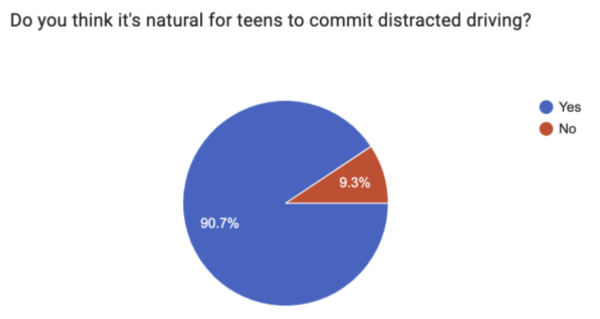
In the last rotation of sophomore health class, Ms. Turner taught students strategies for safer driving. For simpler distractions like playlists and billboards, students were wisely advised to plan ahead and keep their eyes on the road. When it comes to transporting your friends to and from events, the pressure only increases. “You need cars that can hold the capacity, designated drivers, enough vehicles, and set plans. Arrive safely, please, and include your friends safely.”
By putting more thought into our time on campus roads and beyond, we can all become better and safer drivers. Government license programs teach students the benefits of this through important statistics, but students need to remember that focused driving protects others, themselves, their passengers, and their futures. According to the University of Texas, students should be mindful that criminal background checks are standard for applicants at the vast majority of colleges; if you injure someone else by driving while distracted, it’s not just the guilt that will ruin your life.
For those wishing to take more action than just being cautious drivers, many responders urged others to fight for lines in the senior lot and an increase in warnings for excessive speeding. To those who think tickets from the security booth sound like hell, I encourage you to keep your driving so safe that we won’t need them. Additionally, if you notice someone else driving unsafely, don’t be afraid to call them out. Around sixty percent of our students said they send snaps while driving or facetime their friends, both of which violate Texas laws and endanger the driver. If you care about someone, don’t encourage any behind the wheel media. We often view it as funny or rebellious when distracted driving occurs, but those nervous laughs aren’t worth jeopardizing your safety. Long story short, it’s time for our students to better their own driving and look out for those who “sometimes drive with their feet out the window” and “don’t think we need all the stop signs.”
